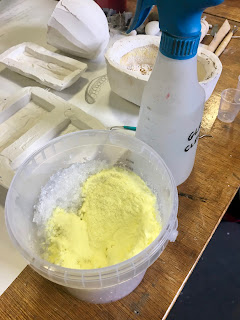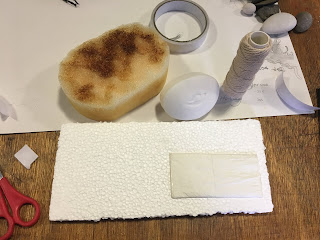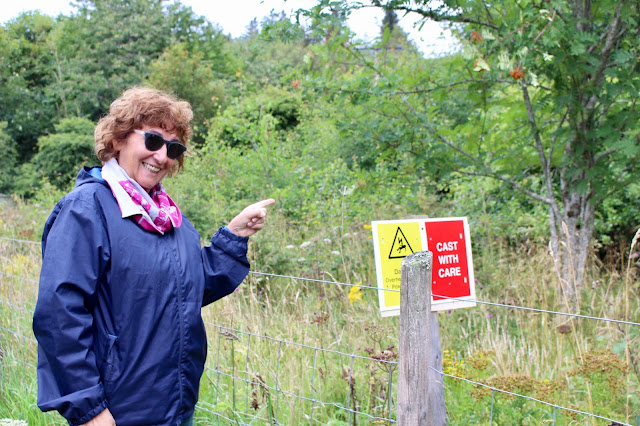Sponge Success !
Somehow we're at the end of Silvia's class!...because most of the students either had little experience in glass or don't have the cold working facilities in their studios, there was a definite urgency to be making and getting as much work in and out of the kilns as possible. I'll keep running you through a few of our projects!
I was super pleased with the castings from the wax - I had removed all colour from my previous casting work while in uni, so it was fun to bring it back. The colour is a mix of coral orange tint and crystal clear - adding the two means the tint is slightly lighter then the straight orange. I love the combination of the skin texture but also the abstraction of form and they fit really softly into the hand.
 |
| The pieces in the kiln after firing - the flower pots hold the glass so that it drains into the mould when firing. |


I'm really excited about these objects and the play of light, colour and line within them.
..........
Our next project was all about texture and frit tinting. We also talked about paradox of material - when something that we associate with being one way is portrayed as the opposite and therefore contradicts itself. And example of this is the work of Jeff Koons - it appears visually soft but is made from a hard material.
Silvia's own work often falls into this category, not only in material but also concept. A repeating motif in her work is the cast glass hand grenade, in soft bright pink with 'amor' or 'love' across the front, contradicting our understanding of the hand grenade and it's purpose.
I headed for the corner store and came back with sponges, soaps, tissues, string. The tricky thing about most of these materials is they're absorbent, and they would soak the plaster and be unable to be removed- especially the sponge....so I decided to use the sponge. I was coating everything in PVA and drying it. I needed the sponge to be really crusty - and it defiantly went crusty when I almost melted it while drying it in a warm kiln.
I invested the sponge into a plaster, silica and fibre glass mould and spent a long time cleaning out the top fluffy surface which was still stuck in the plaster...

While we had used Bullseye billets for the wax project, this time we were frit tinting. This uses crystal clear frit - about the consistency of sea salt - and glass powders to colour the glass. Depending on the percentage of powder to frit results in different shades of colour. I was aiming for a super sponge yellow!
 |
| Frit with powder ready to mix |
 |
| Adding water and shaking the powder and frit together |
 |
| Mixed 10% sunflower yellow |
 |
| Kiln loaded ready to fire |
 |
| And post firing |
Sponge cast beautifully - the colour was super bold and the porous sponge texture had transferred nicely. Surprisingly, none of the burnt sponge remained in the glass and was a really clean surface. I did a little bit of tidying up on the lathe but for the most part it just needed a good clean. It was great to use white with the clear so the top layer was slightly transparent giving the piece a dewy wet quality. And it is really textural to touch.
A few shots of the glass back in its location!
We've been eating magnificent food while here, mostly fresh local ingredients and seafood. The mussels last night were a stand out, although the stuffed pigs trotter and haggis with a shot of whiskey over the top was a bit intense! The Lybster harbour is great for a crab roll and a bowl of soup for lunch.

A few more pictures from the class in the days to come - for now here's Silvia reminding us to cast with care!

















All looks so very stimulating and inspiring.
ReplyDelete